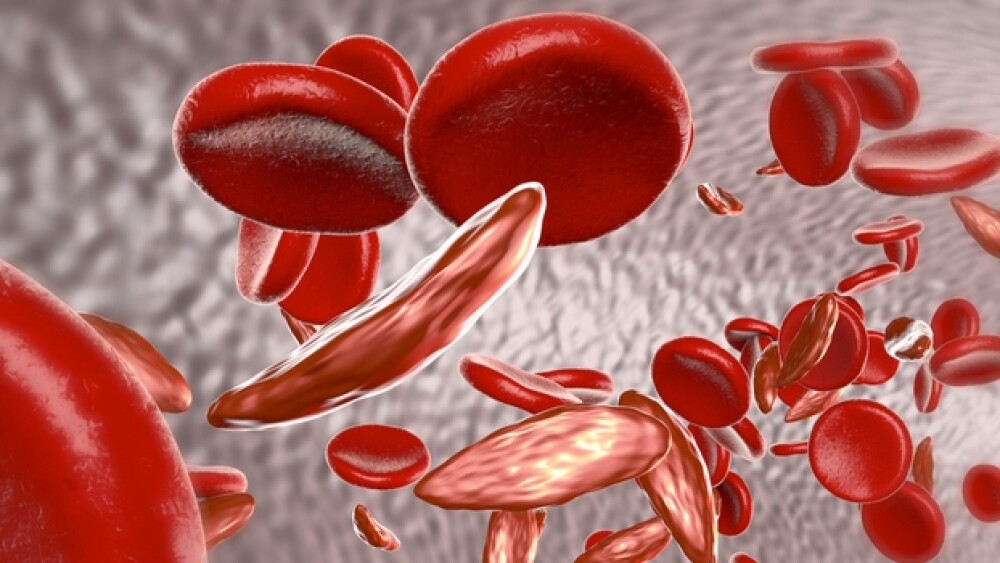“The approval of Adakveo marks a new era in the treatment of sickle cell disease, a genetic condition that places an extraordinary burden of unpredictable pain crises on patients and their families,” said Susanne Schaffert, president of Novartis Oncology.
The U.S. Food and Drug Administration (FDA) approved Novartis’ Adakveo (crizanlizumab) to decrease the frequency of vaso-occlusive crises (VOCs), or pain crises, in adults and children age 16 years and older with sickle cell disease. Novartis indicates it expects to make the therapy available in the coming weeks.
Sickle cell disease is caused by a genetic defect in the gene that codes for hemoglobin that causes red blood cells to have a sickle shape, which affects how they carry oxygen. It also is associated with chronic inflammation, higher levels of cell adhesion proteins, including P-selectin, making the blood vessels and some blood cells stickier and tend to cluster in the bloodstream. This can lead to acute pain episodes called VOCs, in addition to life-threatening complications. Those life-threatening conditions include stroke, vision loss, blood clots in the lungs, and infections.
Adakveo is a monoclonal antibody that binds to P-selectin on the surface of the activated endothelium—the inside walls of blood vessels—and platelets. The approval was based on the results of the 52-week SUSTAIN trial. The trial showed that Adakveo lowered the median annual rate of VOCs to 1.63 compared to 2.98 for the placebo group, a reduction of 45%.
“The approval of Adakveo marks a new era in the treatment of sickle cell disease, a genetic condition that places an extraordinary burden of unpredictable pain crises on patients and their families,” said Susanne Schaffert, president of Novartis Oncology. “The stories we have heard from patients about their sickle cell pain crises are devastating. We are pleased to help reimagine medicine together with the sickle cell community and offer new hope for fewer VOCs.”
Sickle cell disease affects about 100,000 people in the U.S., according to the U.S. Centers for Disease Control and Prevention (CDC). A 2009 study published in the journal Pediatric Blood and Cancer noted that in 2005, sickle disease cost an average of $11,702 for children under Medicaid and $14,772 for patients with employer-sponsored insurance.
The projected cost of the drug is $2,357 per vial, which the expected dosage of three or four vials per month coming to $7,071 or $9,428 per month. It is prescribed based on weight. Payers are likely to be more than willing to pay it, because in addition to decreasing the pain crises, the drug decreased the median days a patient spent in the hospital each year by 42%.
Novartis picked up Adakveo when it acquired Selexys Pharmaceuticals in 2016 for $665 million. That’s quite a bargain if Adakveo sells the way it’s projected to, becoming a blockbuster, $1 billion-plus annual seller for the Swiss company.
An existing drug for sickle cell disease is Eammaus Life Sciences’ Endari, an oral powder formulation of amino acid L-glutamate that improves hemoglobin function. It was approved by the FDA in 2017, but sales have been disappointing, racking up only $17.3 million in the first nine months of this year.
A drug called rivipansel, being developed by Pfizer and GlycoMimetics, which blocks the activity of the selectin cell adhesion molecules, failed a Phase III trial in hospitalized sickle cell disease patients having a VOC in August. A bigger competitive threat to Novartis is bluebird bio, which began testing its Zynteglo (LentiGlobin) gene therapy for severe sickle cell disease. The therapy was approved in Europe for beta-thalassemia. Any approval for Zynteglo for sickle cell disease would be several years away.





